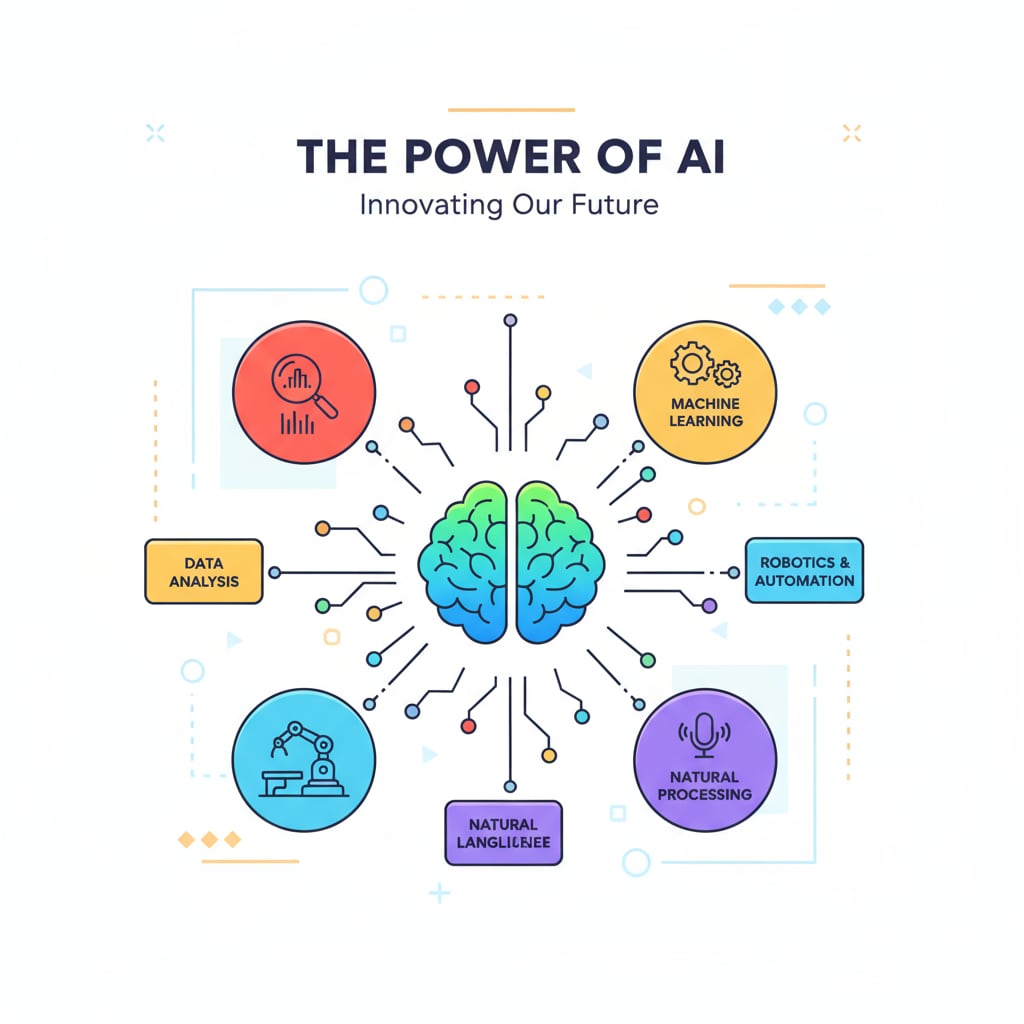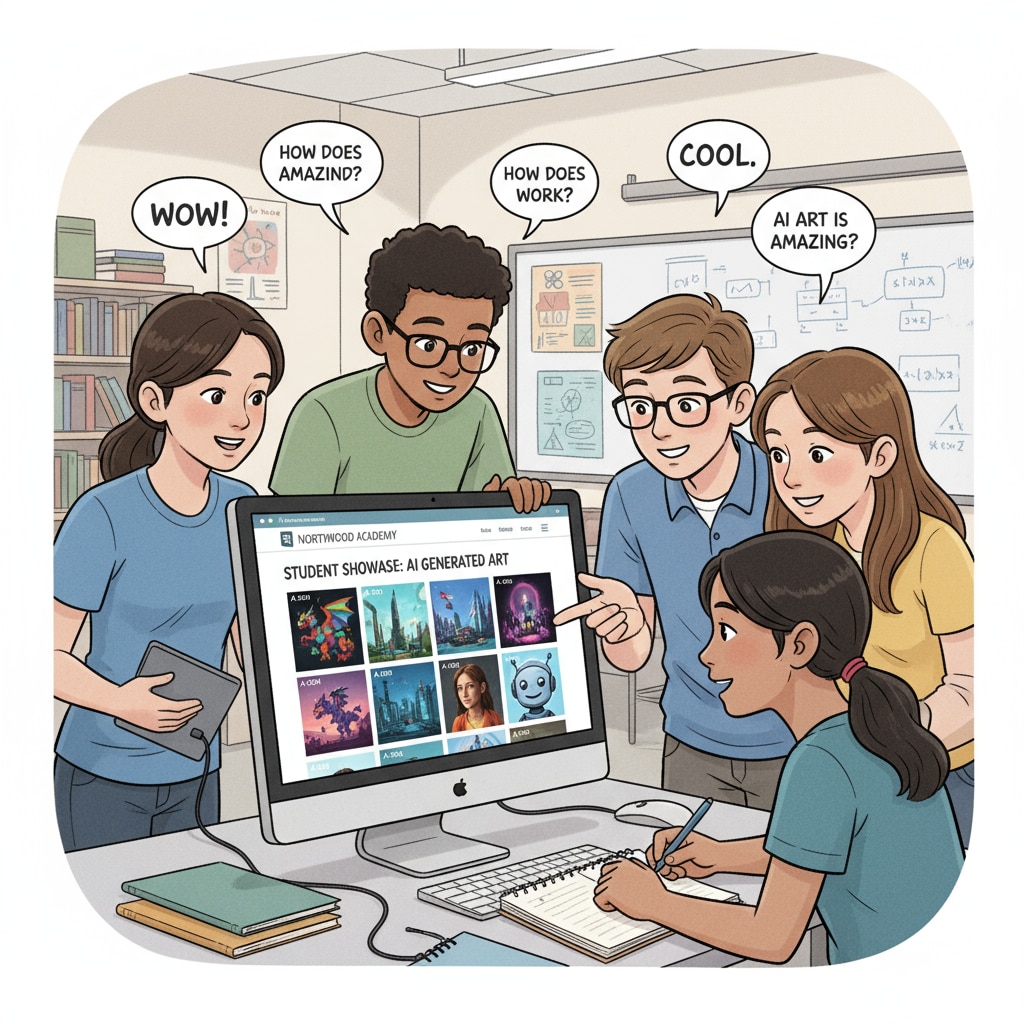In the digital age, the issue of high school websites, AI-generated images, and educational ethics has emerged as a significant concern. The widespread use of AI technology has led to an increasing number of high school websites incorporating AI-generated images, sparking intense ethical debates within the educational community.

As technology continues to evolve, it is crucial to examine the potential implications of this trend on education.
The Rise of AI-Generated Images in High School Websites
The adoption of AI-generated images in high school websites can be attributed to several factors. Firstly, AI offers a cost-effective and time-efficient solution for creating visually appealing content. With the ability to generate images quickly, schools can enhance the aesthetics of their websites without the need for extensive resources. For example, websites can use AI to create custom graphics for events, announcements, or promotional materials. Additionally, AI-generated images can provide a unique and modern look that aligns with the digital-savvy nature of today’s students. However, this convenience comes with a price, as it raises important ethical questions.

Ethical Concerns in Education
One of the primary ethical concerns is the potential misrepresentation of information. AI-generated images may not accurately reflect the reality of the school environment or the events they depict. This can mislead students, parents, and the wider community, undermining the trust and credibility of the educational institution. Moreover, the use of AI-generated images may devalue the work of human photographers and artists, whose creativity and skills are essential in the educational context. It also raises questions about intellectual property rights and ownership of the images. As stated on Intellectual property on Wikipedia, determining the origin and rights of AI-generated content can be complex. Additionally, there are concerns about the impact on students’ understanding of authenticity and creativity. If students are constantly exposed to AI-generated images, they may struggle to distinguish between real and artificial content, potentially hindering their development of critical thinking skills.
Another aspect of the ethical dilemma is the lack of transparency. Many high school websites do not clearly indicate that the images are AI-generated. This lack of disclosure can be considered unethical, as it does not allow viewers to make informed decisions about the content they are consuming. Transparency is crucial in maintaining trust and ensuring that the educational community is aware of the nature of the images being presented.
Finding the Balance: School Administrators’ Role
School administrators play a vital role in navigating this ethical landscape. They need to establish clear policies regarding the use of AI-generated images on school websites. These policies should include guidelines on transparency, such as clearly labeling AI-generated images. Administrators should also consider the educational value of the images and ensure that they align with the school’s mission and values. For example, images used for educational purposes should enhance learning and not simply serve as decorative elements. Additionally, schools can engage in discussions with students, parents, and the community to understand their perspectives on the use of AI-generated images. This collaborative approach can help in making informed decisions that balance technological innovation with educational authenticity. As explained on Educational administration on Britannica, effective leadership in education involves making decisions that consider multiple stakeholders.
In conclusion, the use of AI-generated images on high school websites presents a complex ethical dilemma. While AI offers exciting possibilities for enhancing the visual appeal of school websites, it also raises significant concerns regarding educational ethics. By addressing these issues through clear policies, transparency, and stakeholder engagement, schools can ensure that they make the most of technology while upholding the integrity of education. High school websites, AI-generated images, and educational ethics must be carefully considered to create a positive and authentic learning environment.
Readability guidance: This article uses short paragraphs and lists to summarize key points. Each H2 section provides relevant details. The proportion of passive voice and long sentences is controlled, and transition words are added throughout to enhance readability.


